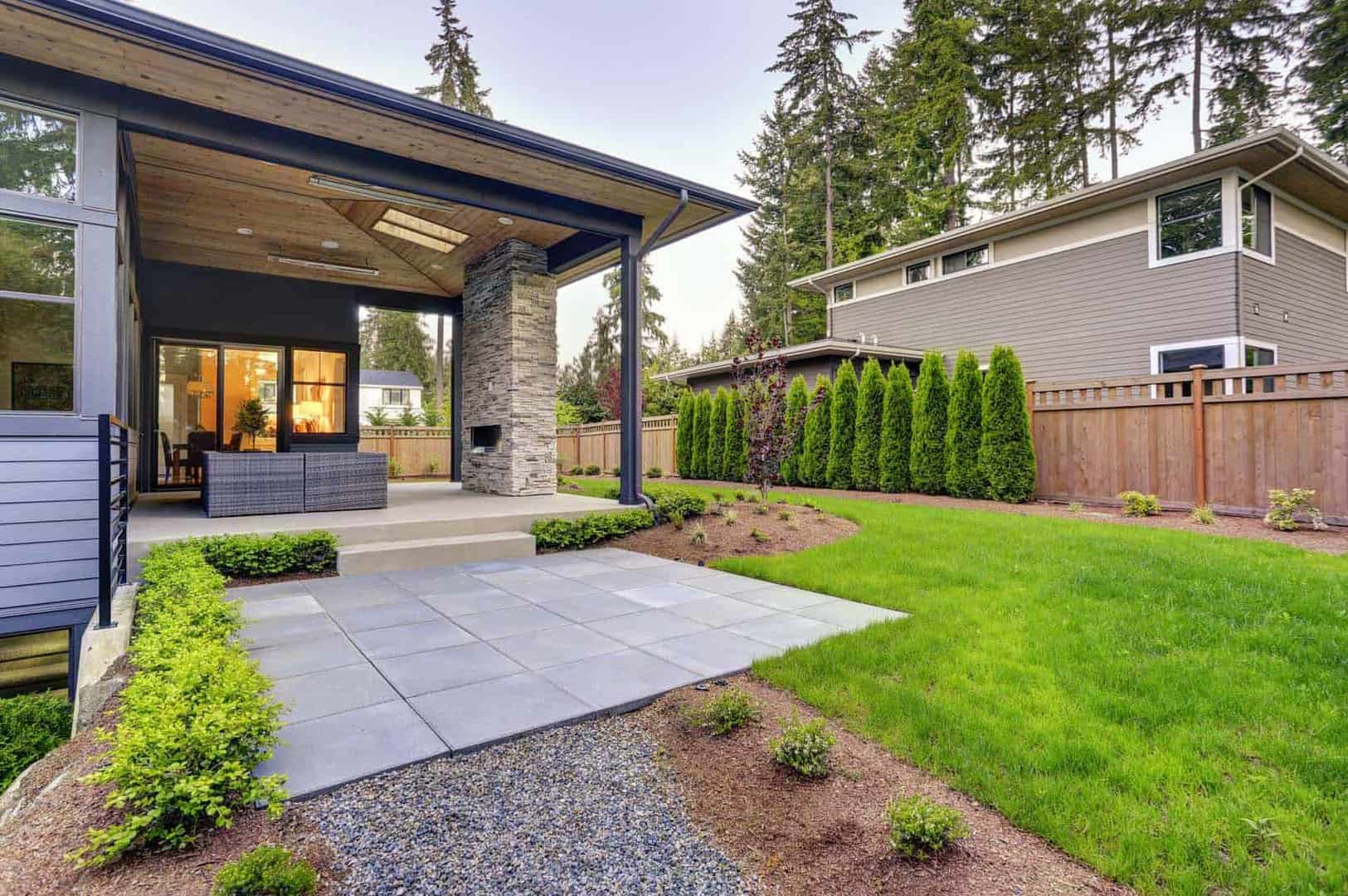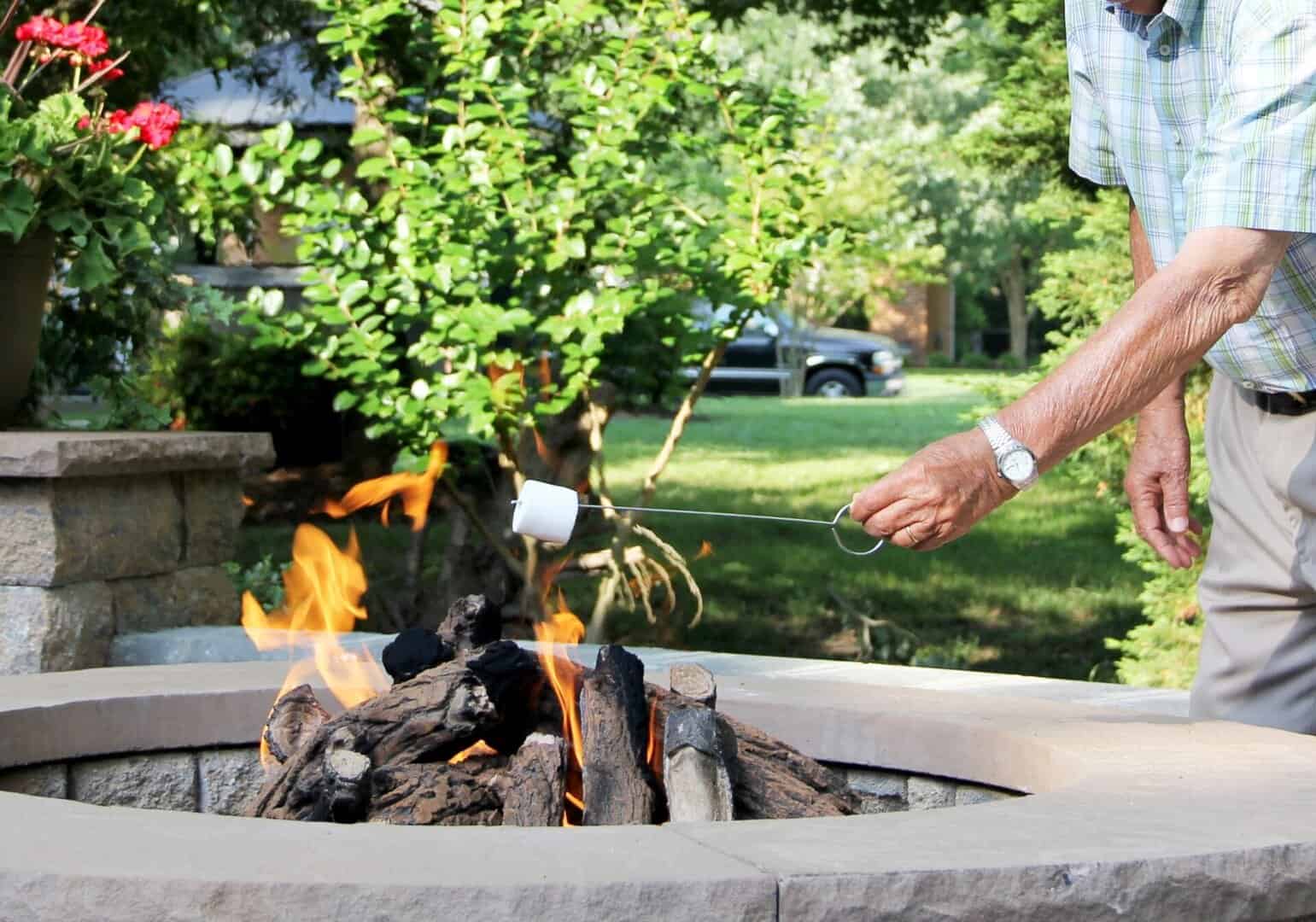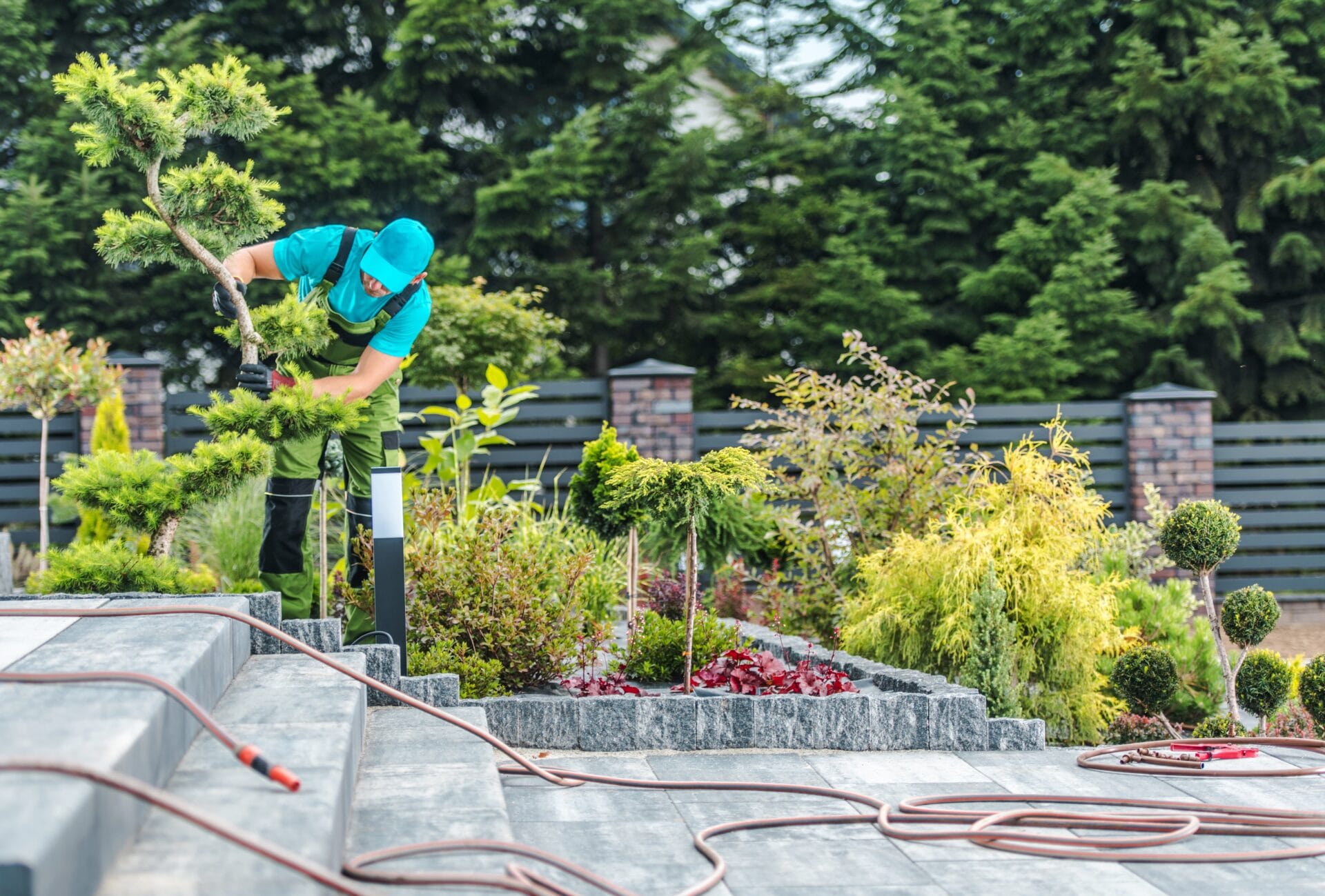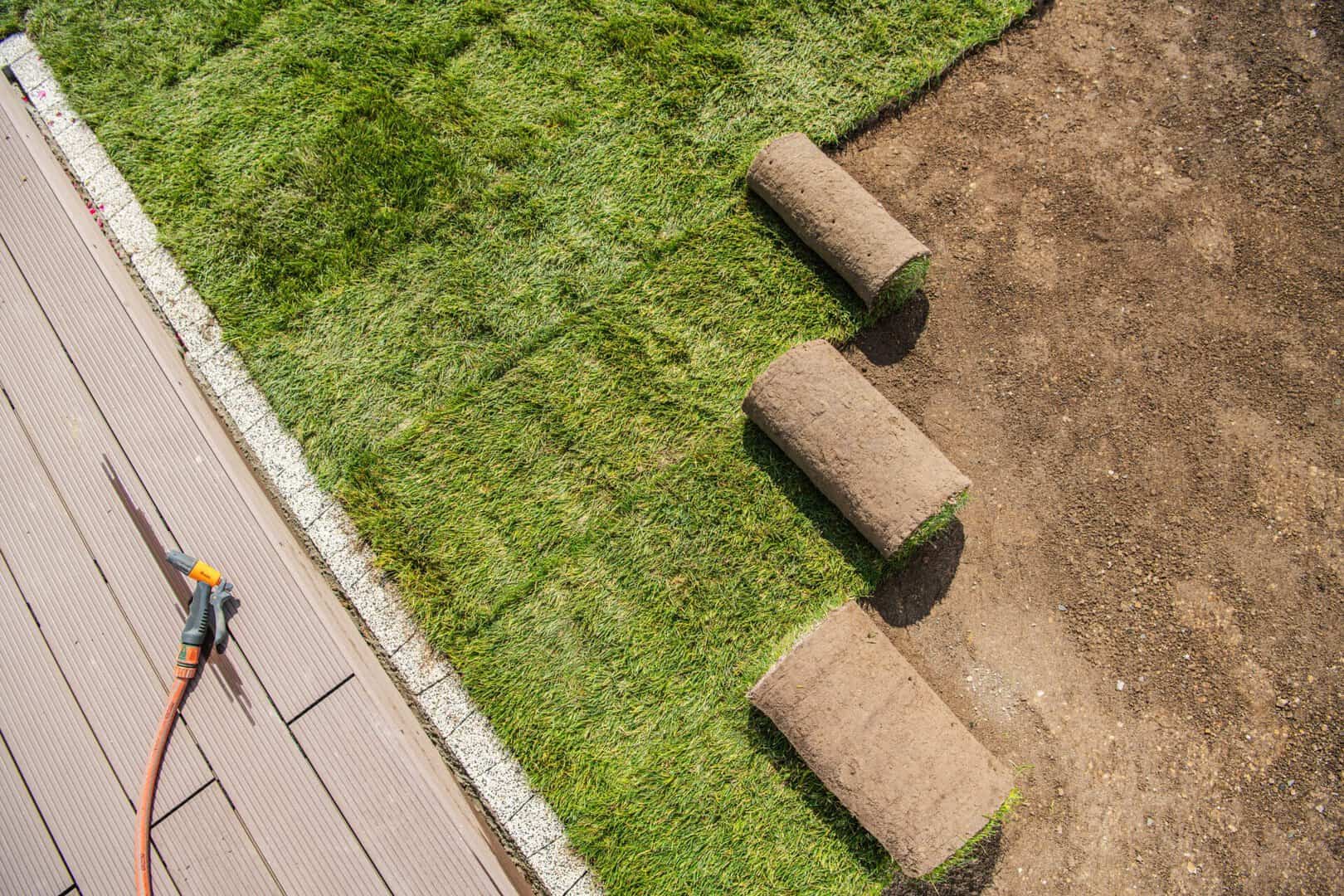Retaining Wall Installation: What You Should Know-
In this blog, we explain what a retaining wall installation is, the functions they perform, and different building materials available.
Retaining Wall: Definition
A Retaining wall is a wall which is designed to be built into a slope in order to reduce the natural erosion and movement of soil. These walls are most often built into sloped hillsides which have a risk of eroding over time. Retaining walls can be built from a wide variety of materials, although natural stone tends to be the most common. These walls can also be built simply to ad additional hardscaping elements to a space, or to allow space for gardens .
How A Retaining Wall Installation Is Used:
A retaining wall is used to separate two areas where there is an uneven slope, or if the slope of an area is too steep. For example, if you have a hill that goes from the curb side to the front door, but the hill is a very steep angle, you could use a retaining wall to put in stairs between the curb and the front door to make travel a little easier. Did you know, retaining walls are also used to add decorative accents to a landscape (as flower beds)? They can also provide privacy and and help prevent soil erosion from damaging structures.
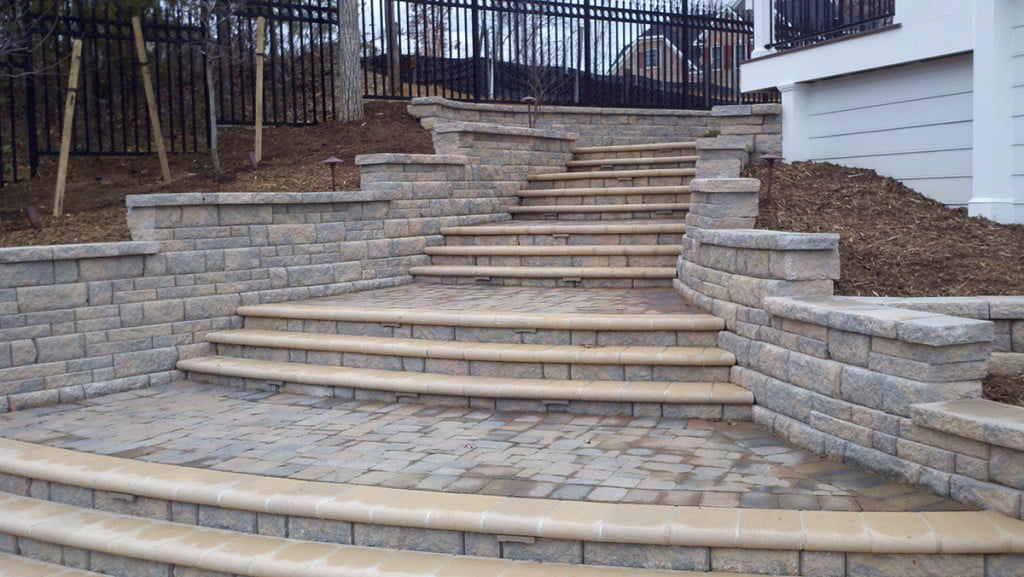
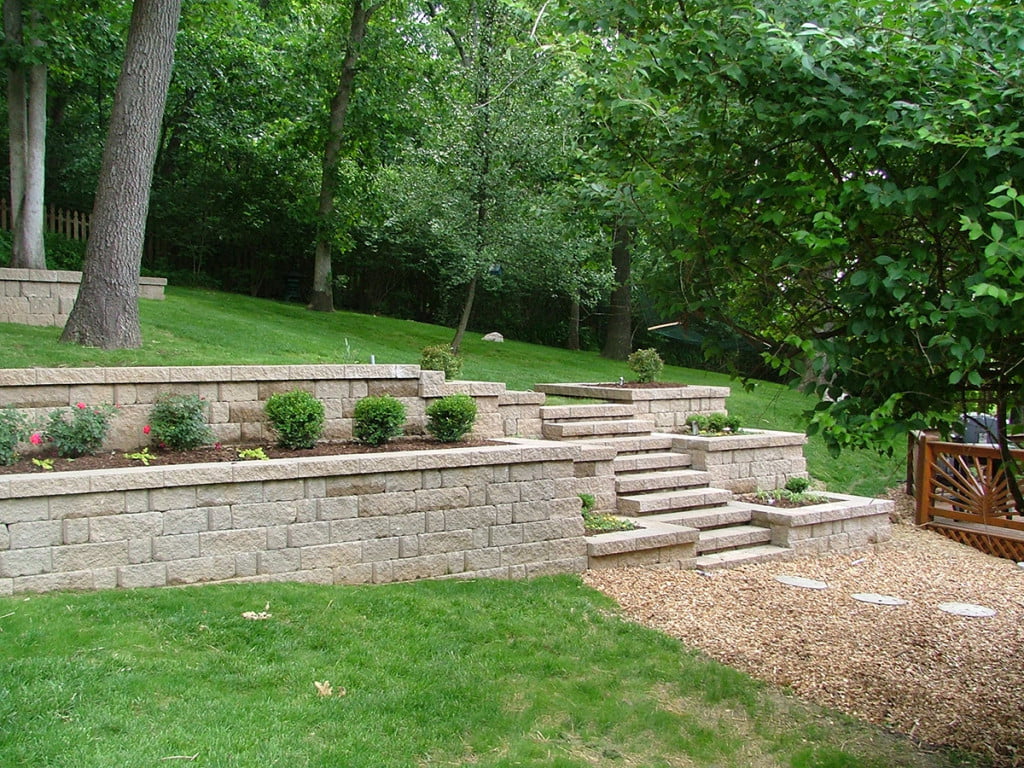
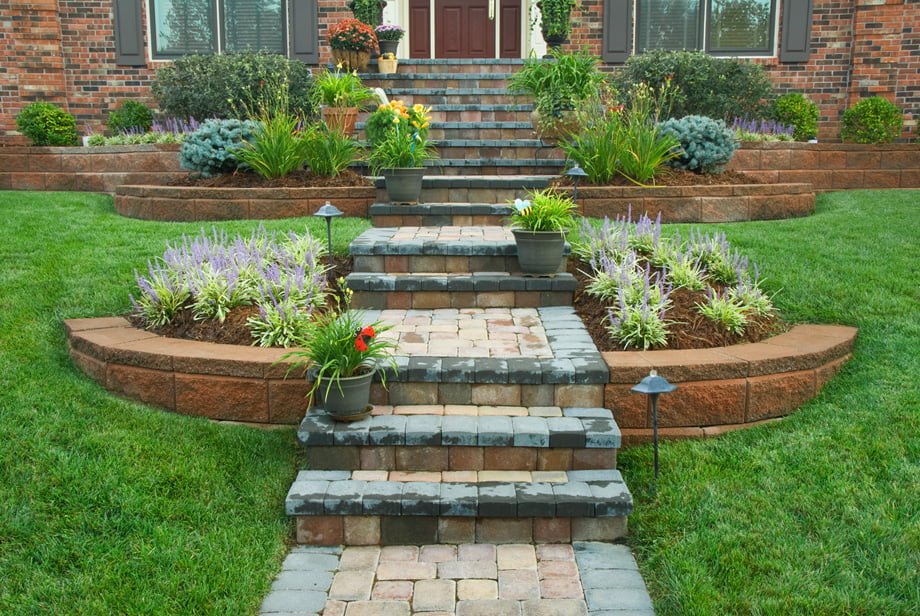
Materials:
Generally speaking, these walls are constructed from manufactured stone. Since many walls are made with “masonry units” the type of materials are pretty limited to either poured concrete, natural, or manufactured stone. Depending on the type of wall your contractor decides is best, you may be able to have a wider variety.

Additional Info:
If you have a small wall that you need built- a retaining wall can be relatively easy to have installed. However, for very large scale walls, the installation process can be costly. Speak with a few contractors to figure out exactly what kind of wall they think suits you, and why. When building a retaining wall, it is also important to plan for drainage, as water build up can compromise its structure.
Retaining walls have many functions. and add a beautiful design element to any landscape or hardscaping project. This kind of project is not something that should be done DIY, due to the complex nature of the construction process and the materials and tools needed to build one. Retaining walls can be used in both commercial and residential applications. Speak with your contractor today to learn more!

